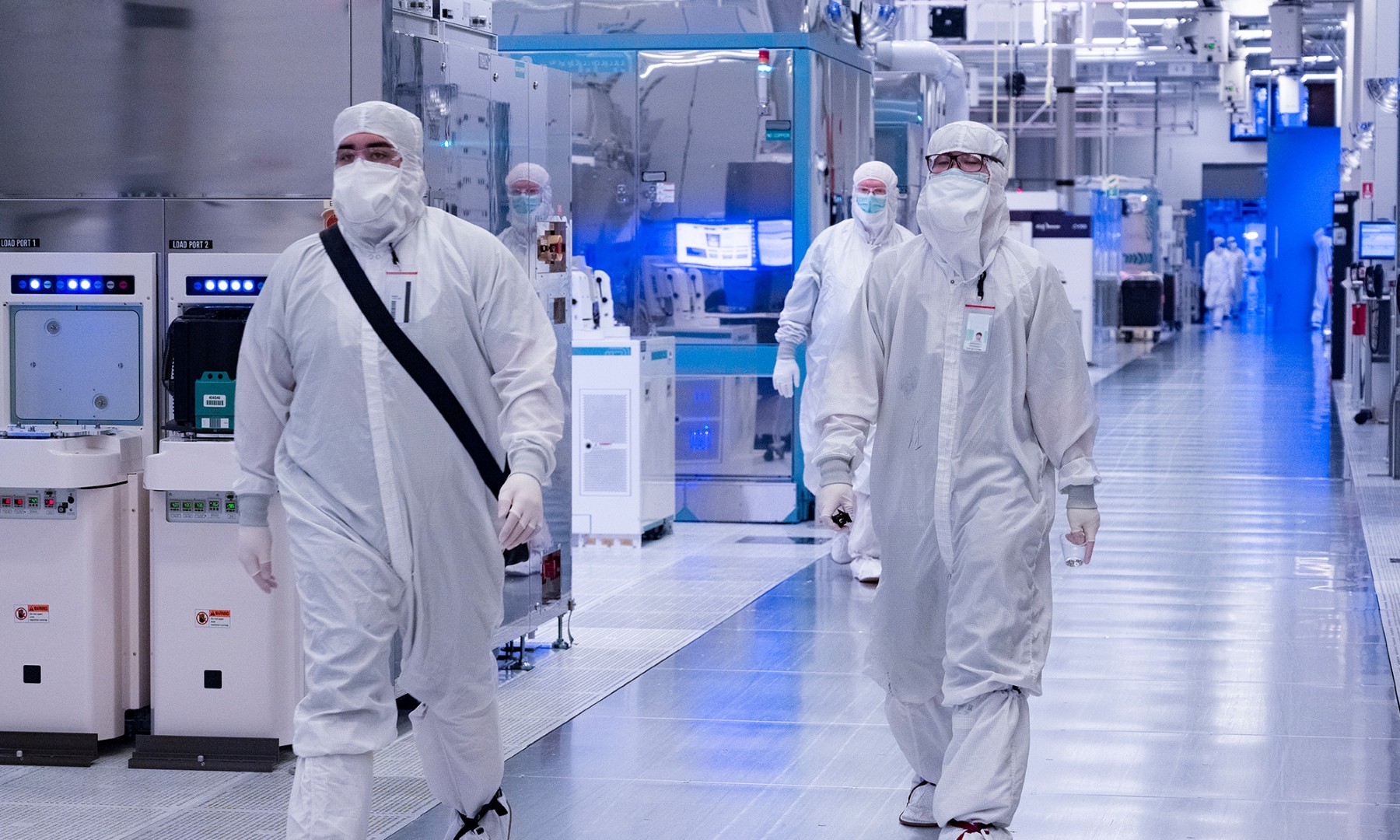For better or for worse, Intel's (INTC 3.53%) bread and butter is still the PC market. As much progress as the company has made diversifying into servers and, to a much lesser extent, mobile chips, the top line still lives and dies by the PC right now. PCs used to be 69% of the business. That figure has come down to "just" 64% of the business in 2012, but that's still a lot of leaning on a form factor seeing no growth these days.
Intel revenue breakdown by segment

Source: Intel 10-K. PCCG = PC Client Group. DCG = Data Center Group. SSG = Software and services. Other IA = Other Intel architecture.
With that computing market still stagnating, so do Intel's prospects. Recent data from market researchers suggest that as bad as the PC market is faring, things are getting worse before they get better.
Sorry, PC
IDC was expecting global PC shipments to drop by 7.7% in the first quarter. The switch to Microsoft (MSFT 1.11%) Windows 8 has not been an easy one for PC players, and that will inevitably weigh on Chipzilla. That predicted decline is actually one of the better possible outcomes in the first quarter, as shipments could even reach double-digit negative territory if current trends hold up. The Chinese PC market in particular has been soft, and as the biggest PC market in the world, that weakness has a big impact on the big picture.
The only bright spot within the PC market is Apple (AAPL 0.42%), which is seeing Mac shipments roar back as it overcomes supply constraints related to the newly redesigned iMacs. NPD data showed domestic Mac shipments jumping 14% for the first two months of the year. Apple is still a relatively small player in the global PC market (roughly 5% market share), so strength there won't fully compensate for weakness from everywhere else.
Word on the Street
The data has now caused two Street analysts to recently trim estimates on Intel in the first quarter.
Piper Jaffray analyst Gus Richard, who rates Intel as "neutral" alongside a $21 price target, is dropping his first-quarter revenue estimate to $12.4 billion, down from $12.8 billion. That's well below Intel's own guidance, which calls for $12.7 billion in sales, with $500 million of wiggle room. Servers are expected to be strong, but slow PC sales will outweigh any server upside.
One small silver lining is that as the product mix shifts towards servers, gross margins will benefit. The data center group generating an operating margin of 47% last year, easily topping the PC segment's 38%. Richard thinks that it's a little "too early" to predict a PC rebound later this year, since he believes Ultrabook prices are still too high relative to their functionality.
Citigroup analyst Glen Yeung feels similarly about Intel. The analyst also has Intel at "neutral," but recently reduced his price target from $25 to $23. Yeung points to poor sell-through in the Chinese market following the New Year. He's expecting first quarter sales to come in at $12.25 billion, even worse than Piper Jaffray is modeling for.
Intel is approaching the release of its newest Haswell chips, which should see desktop versions launch in April followed by notebook models in June. Leading up to the new chips, demand for the previous-generation Ivy Bridge family is expected to decline since Haswell isn't socket compatible.
Prepare yourself
Keep in mind that consensus estimates are still calling for $12.7 billion in sales, so both analysts are expecting Intel to miss this quarter. Intel's soft revenue outlook combined with increased capital spending dropped shares last quarter. Intel investors better brace themselves for some first-quarter gloom.








